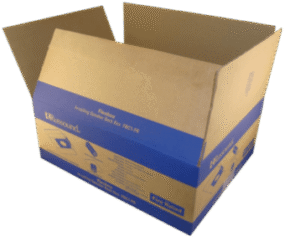Home » How To Transition from Chipboard to Corrugated Boxes
How To Transition from Chipboard to Corrugated Boxes
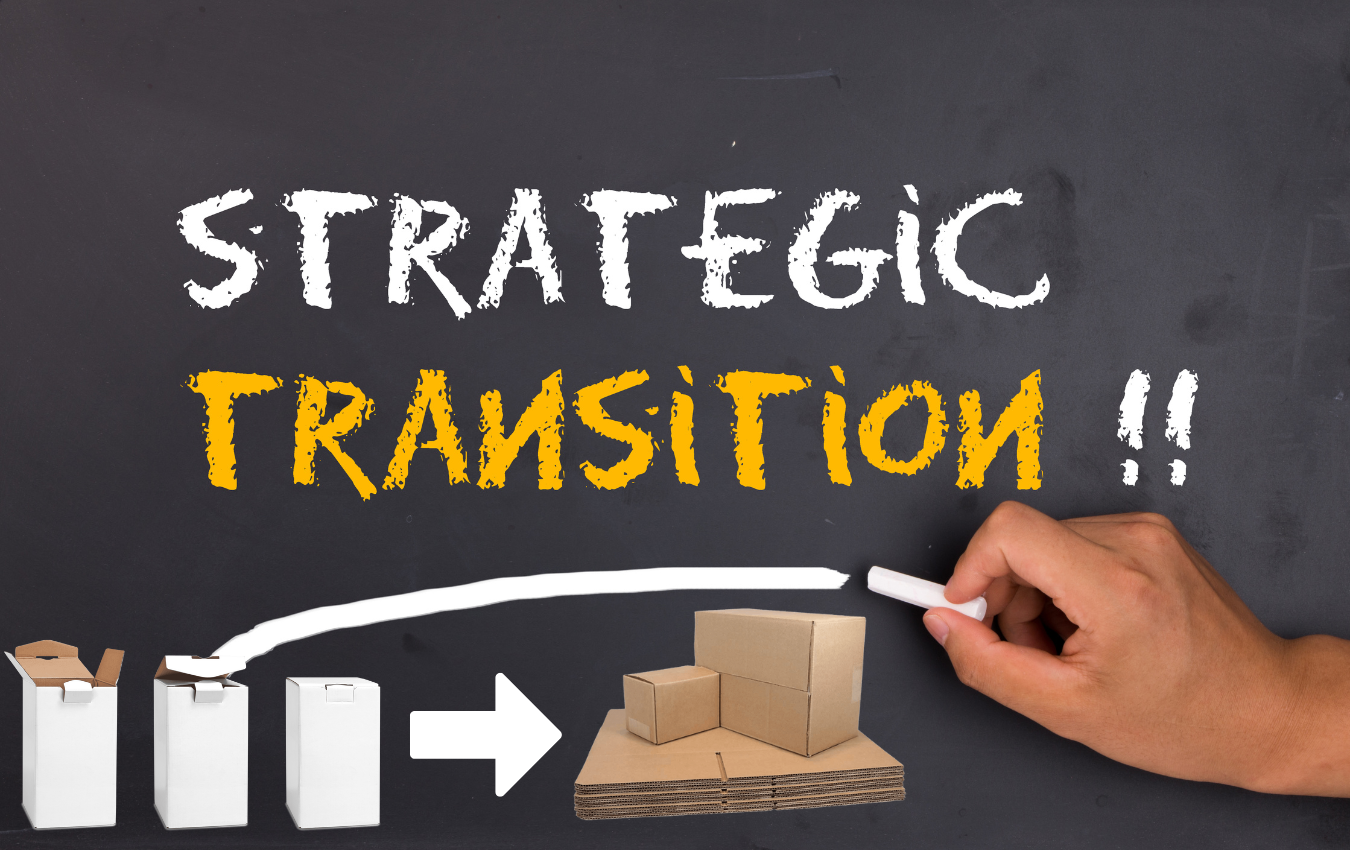
In the world of packaging, businesses often face the decision of whether to use chipboard boxes or transition to corrugated ones. Both types have their unique strengths and applications, but there comes a time when transitioning to corrugated boxes is more beneficial. This blog post explores the scenarios that warrant such a transition, helping businesses make an informed decision for their packaging needs.
Understanding Chipboard and Corrugated Boxes
Before discussing the transition, it’s important to understand the differences between these two types of packaging.
- Chipboard Boxes: Made from reclaimed paper stock, chipboard boxes are lightweight and ideal for small, non-fragile items. They are commonly used for products like cereals, shoes, or board games.
- Corrugated Boxes: These are stronger and more durable, consisting of a fluted corrugated sheet sandwiched between two linerboards. They provide better protection and are suitable for heavier or more delicate items.
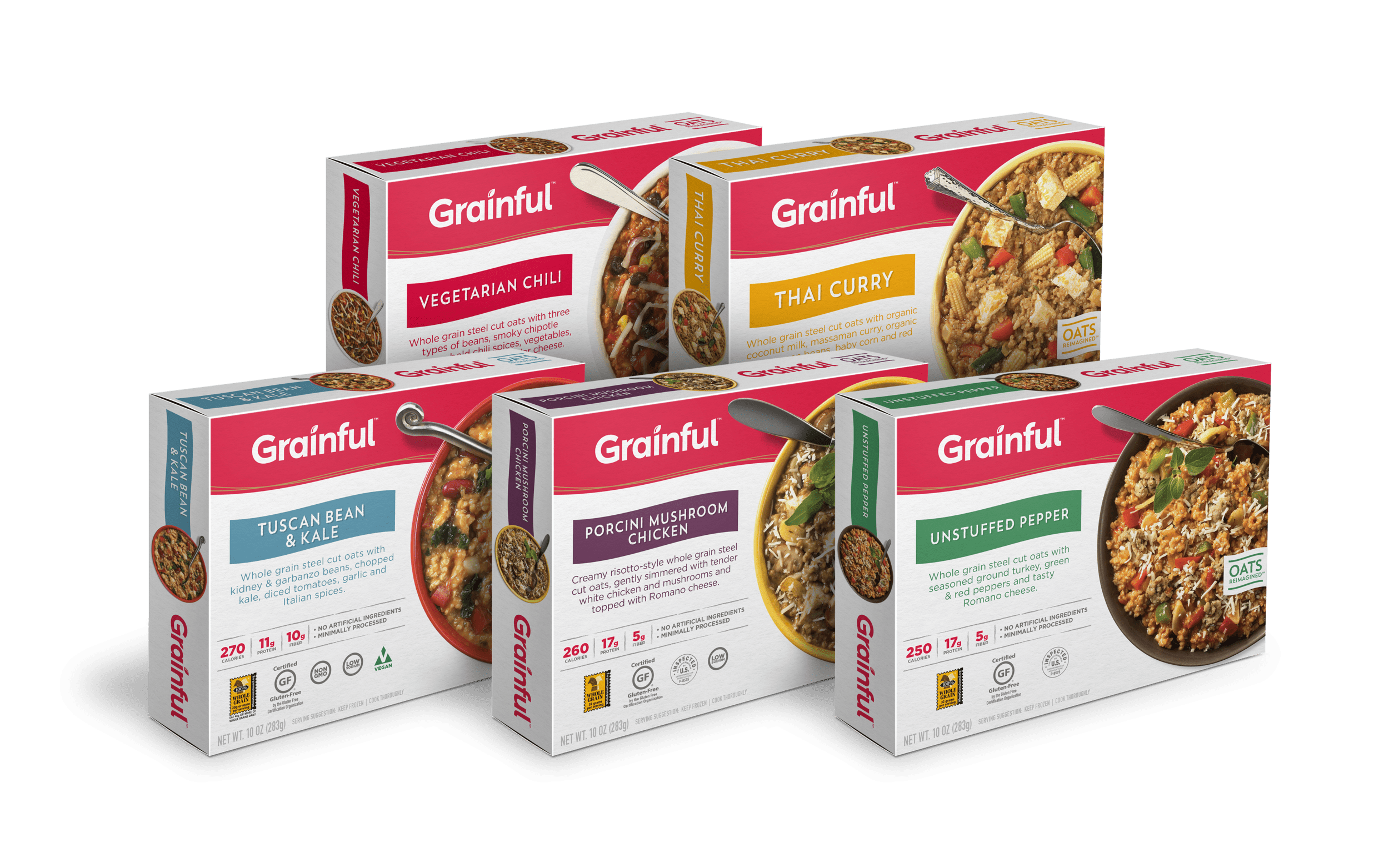
Chipboard box
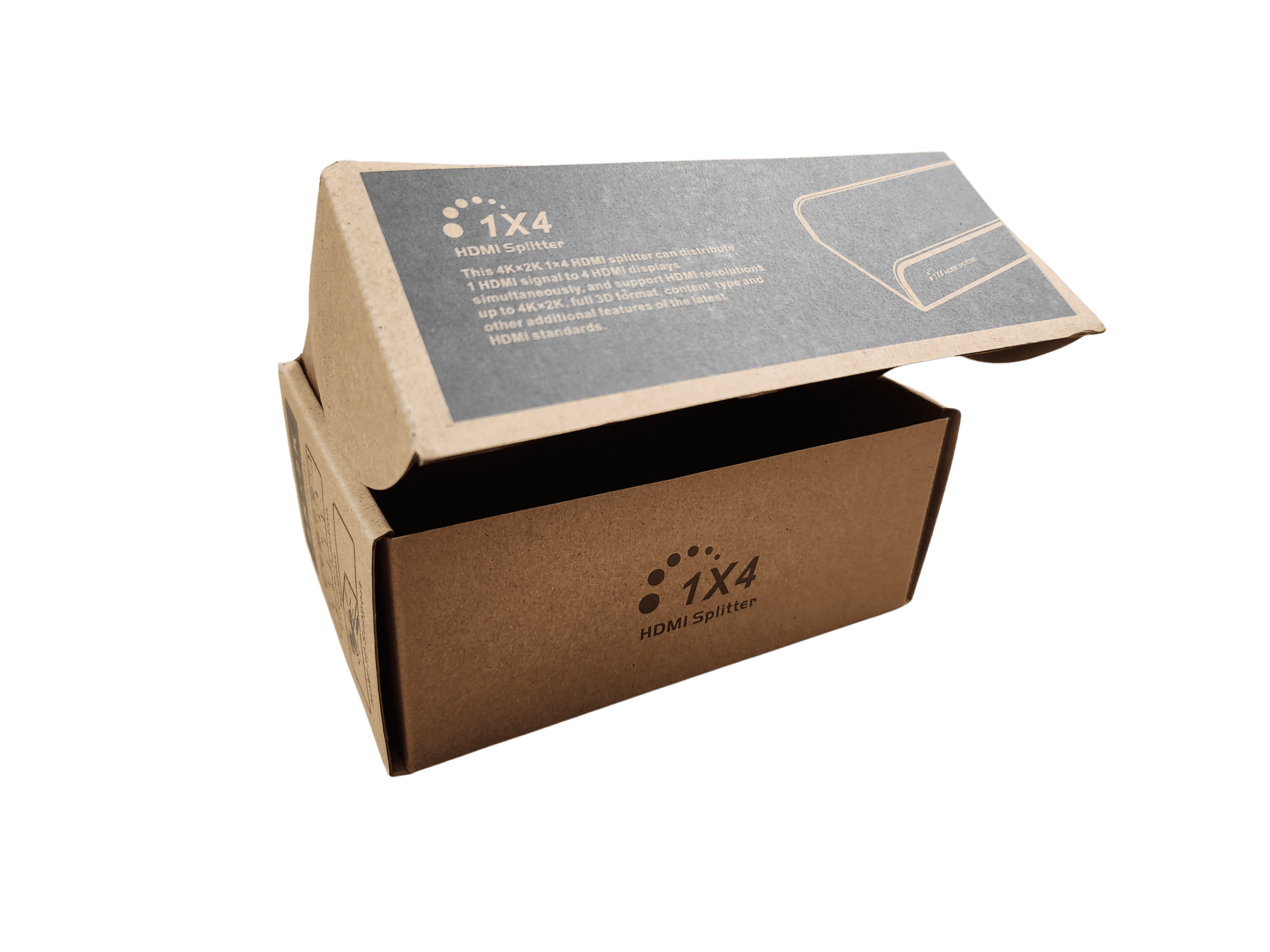
Corrugated box
When to Consider Transitioning to Corrugated Boxes
- Increased Product Weight:
- If your products have become heavier, corrugated boxes offer the strength and durability necessary to support the additional weight.
- Fragile or Valuable Items:
- For products that are fragile or of high value, corrugated boxes provide better protection against impacts and crushing forces.
- Shipping and Handling Concerns:
- If your products are being shipped over longer distances or through multiple carriers, corrugated boxes can withstand the rigors of shipping and handling more effectively.
- Storage and Stacking Needs:
- Corrugated boxes have superior stacking strength, making them ideal if your products need to be stored or stacked without risking box collapse.
- Environmental Considerations:
- While both chipboard and corrugated materials can be environmentally friendly, corrugated boxes often have a higher content of recycled materials and are easily recyclable.
- Varying Product Sizes:
- Corrugated boxes come in a wider range of sizes and can be customized more easily, making them suitable for businesses with a diverse product range.
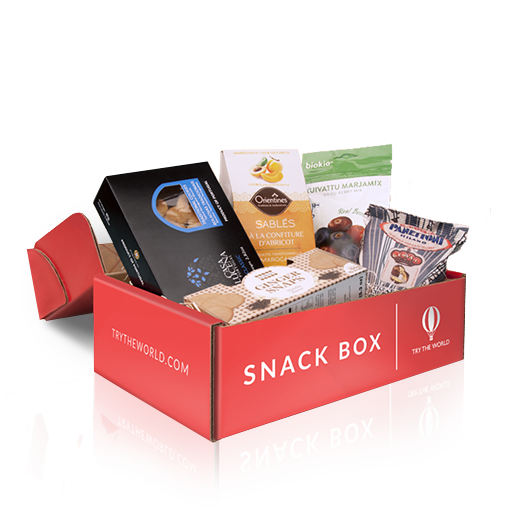
Benefits of Switching to Corrugated Boxes
- Enhanced Product Protection: The sturdy structure of corrugated boxes provides better protection, reducing the risk of product damage during transit.
- Cost-Effectiveness in the Long Run: Although initially more expensive, the durability of corrugated boxes can reduce the costs associated with damaged goods and returns.
- Sustainability: Corrugated boxes are highly recyclable, aligning with sustainable business practices.
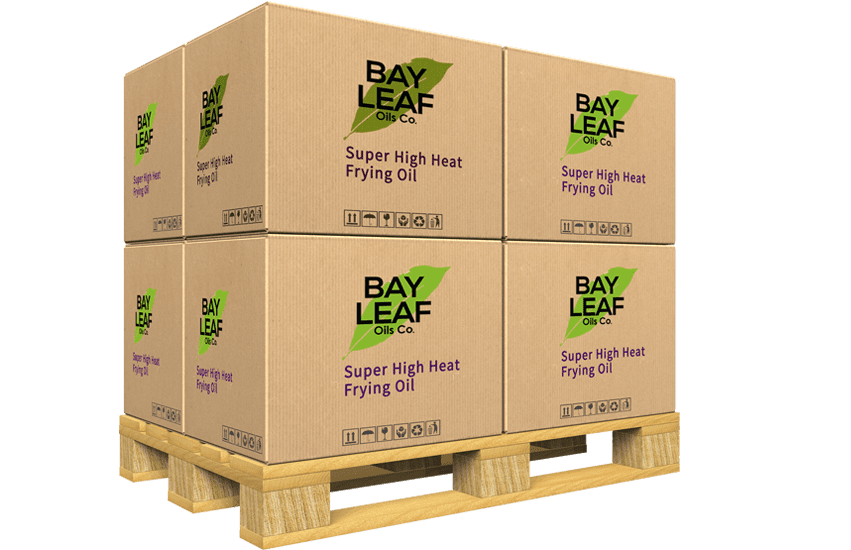
Considerations Before Making the Transition
- Cost Implications: Evaluate the cost differences between chipboard and corrugated boxes and how it impacts your overall budget.
- Supplier Relationships: Assess your current supplier’s ability to provide high-quality corrugated options or consider finding a new supplier.
- Customer Feedback: Gather insights from your customers, as their satisfaction with packaging can influence repeat business.
If you are interested in transition from chipboards to corrugated boxes, then partner with Brown Packaging today to get started.
Retailers place strict requirements on packaging to ensure products move efficiently through distribution centers, arrive safely, and look consistent on shelves. Non-compliance can lead to
RSC boxes dominate shipping because they combine strength with efficiency. But beyond protection, their dimensions and stacking performance directly influence freight cost, pallet utilization, and
The Regular Slotted Container (RSC) is the most widely used corrugated box style in the world. Its simplicity, manufacturing efficiency, and versatility make it the
Sustainability in pet product packaging involves balancing environmental impact with functional performance. Materials must protect against moisture, oxygen, and pests while also meeting recyclability or
Retail packaging must do two jobs at once—catch the shopper’s eye while protecting the product through the supply chain. Too much focus on graphics can
As budgets tighten in 2026, packaging buyers are under pressure to reduce costs without increasing damage rates. Cutting too aggressively can lead to product loss,
Home » How To Transition from Chipboard to Corrugated Boxes
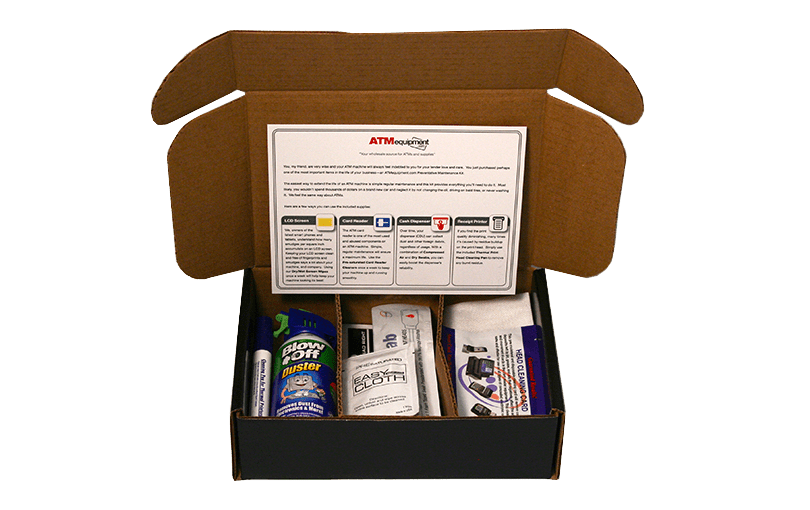
The world of packaging design is rich with innovative solutions that cater to various product needs. Among these, Roll End Tuck Tops (RETT), Cherry Locks,
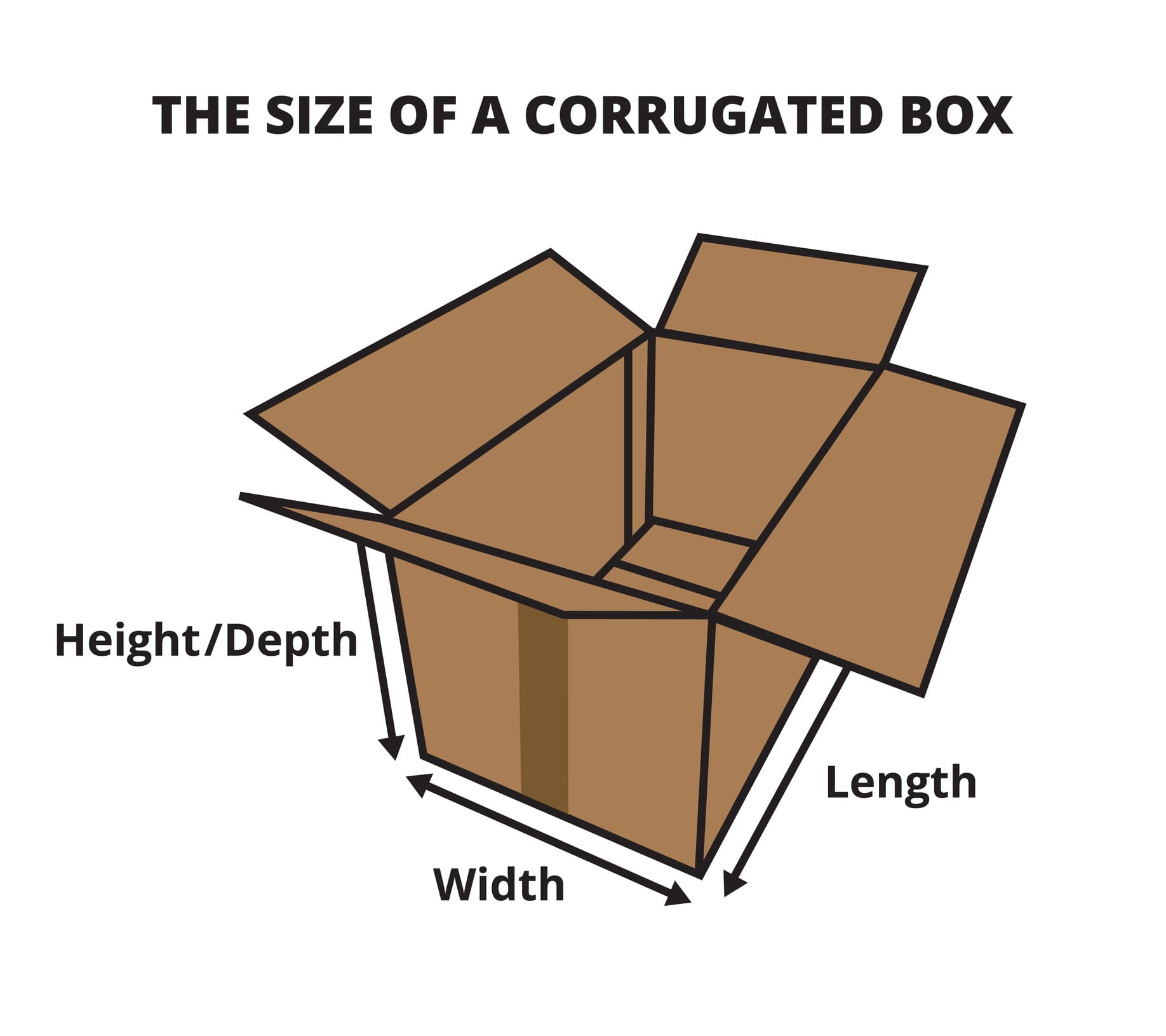
The Regular Slotted Container (RSC) is the most widely used corrugated box style in the world. Its simplicity, manufacturing efficiency, and versatility make it the
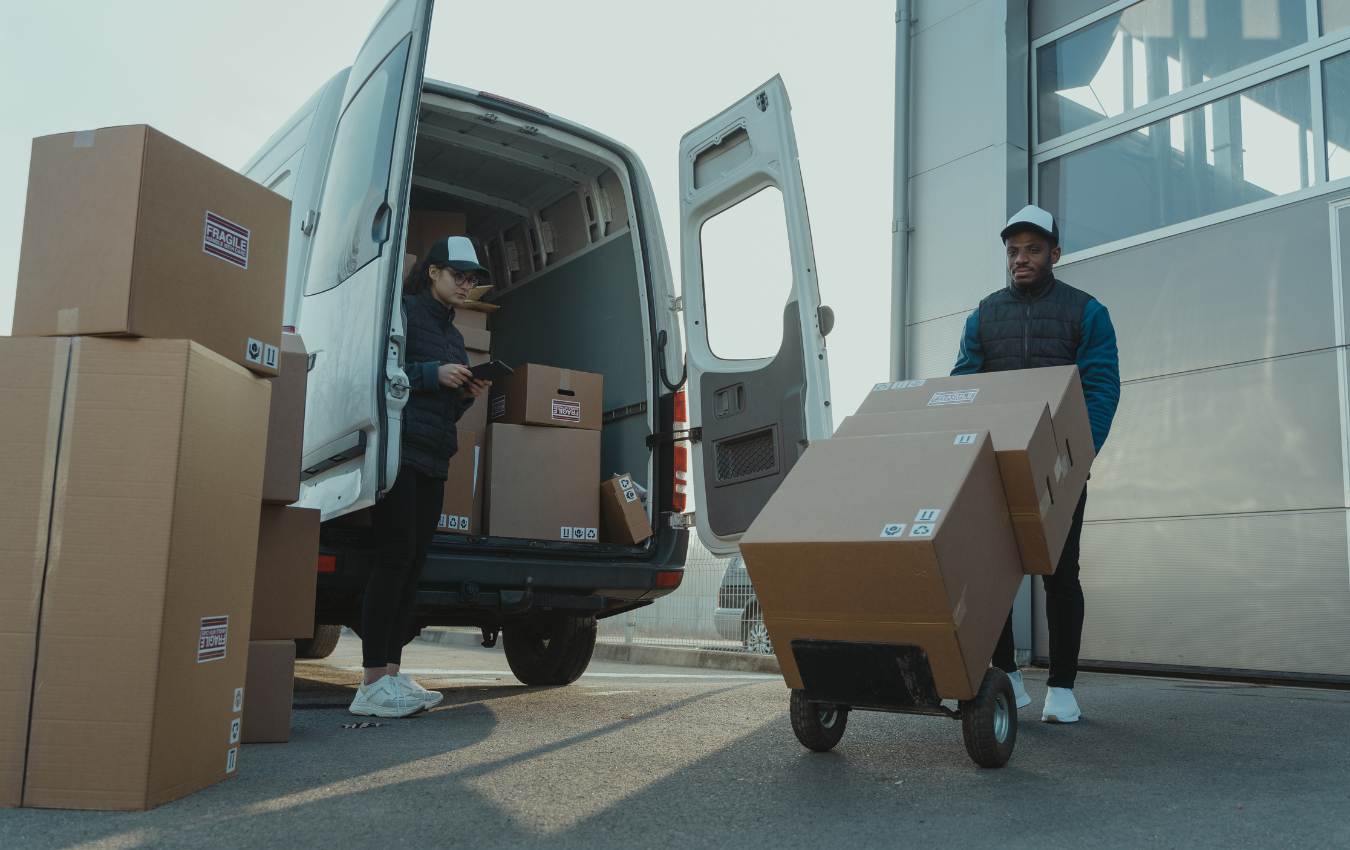
Corrugated boxes, commonly referred to as cardboard boxes, are a ubiquitous presence in our day-to-day lives. From moving houses to shipping products, these boxes are


